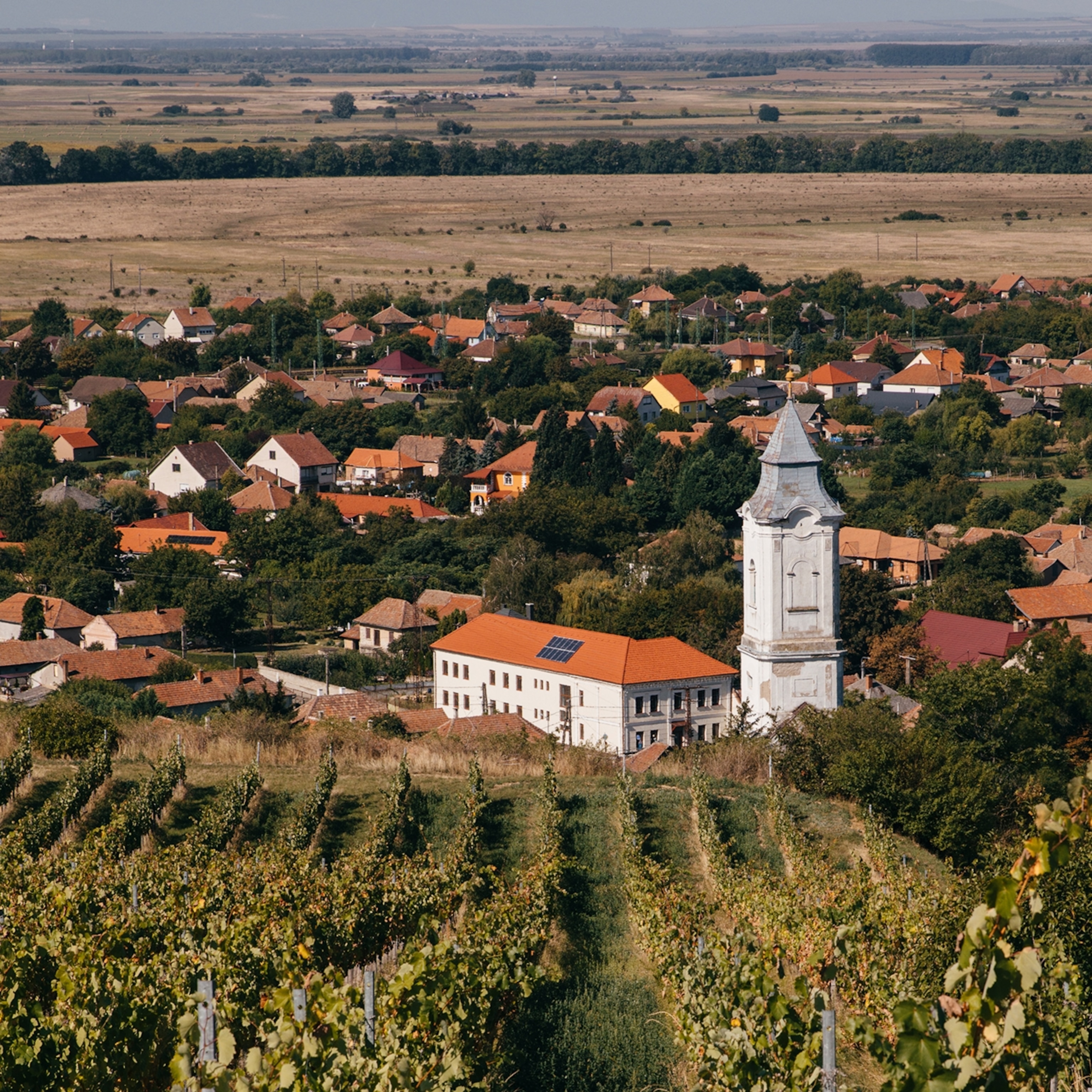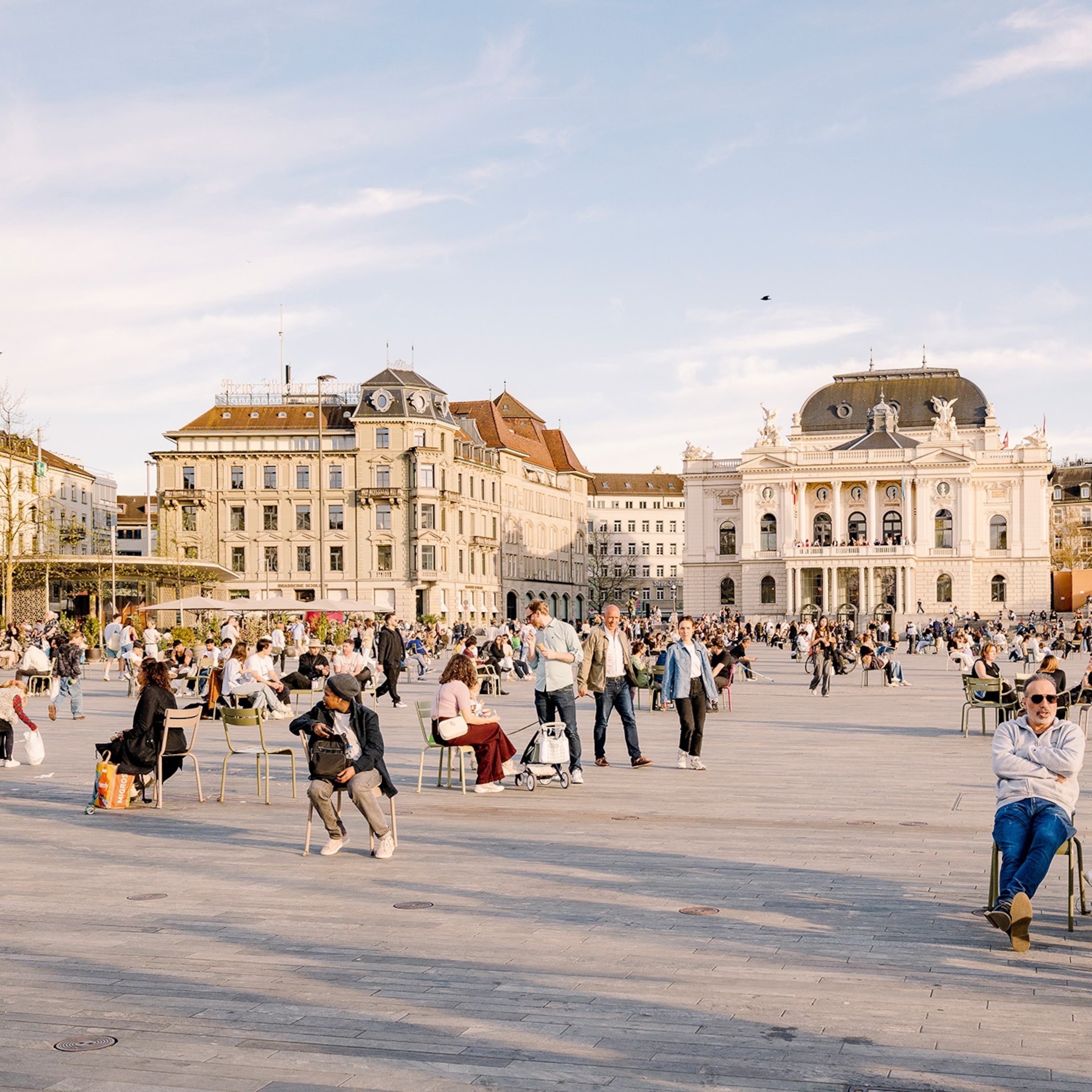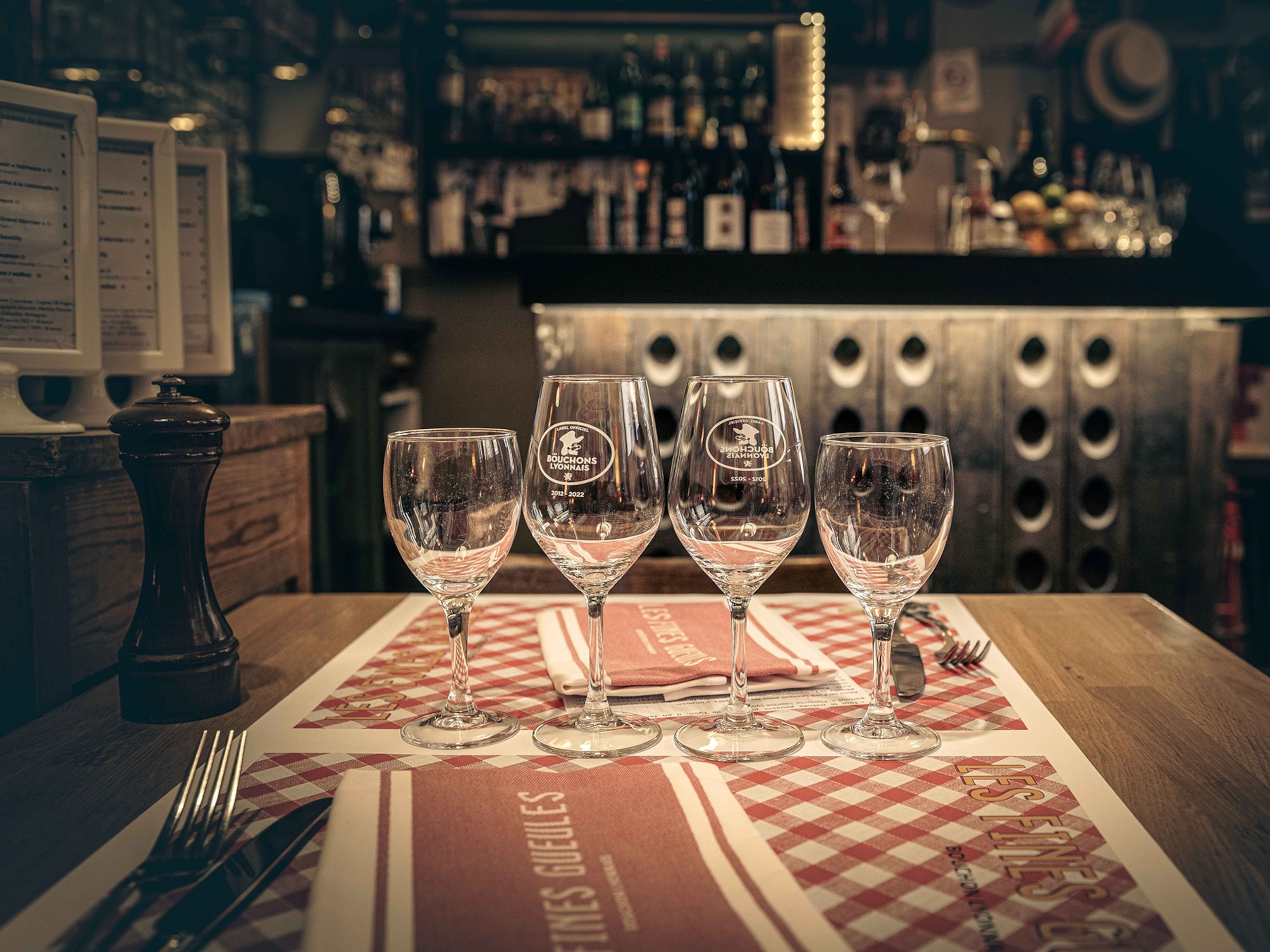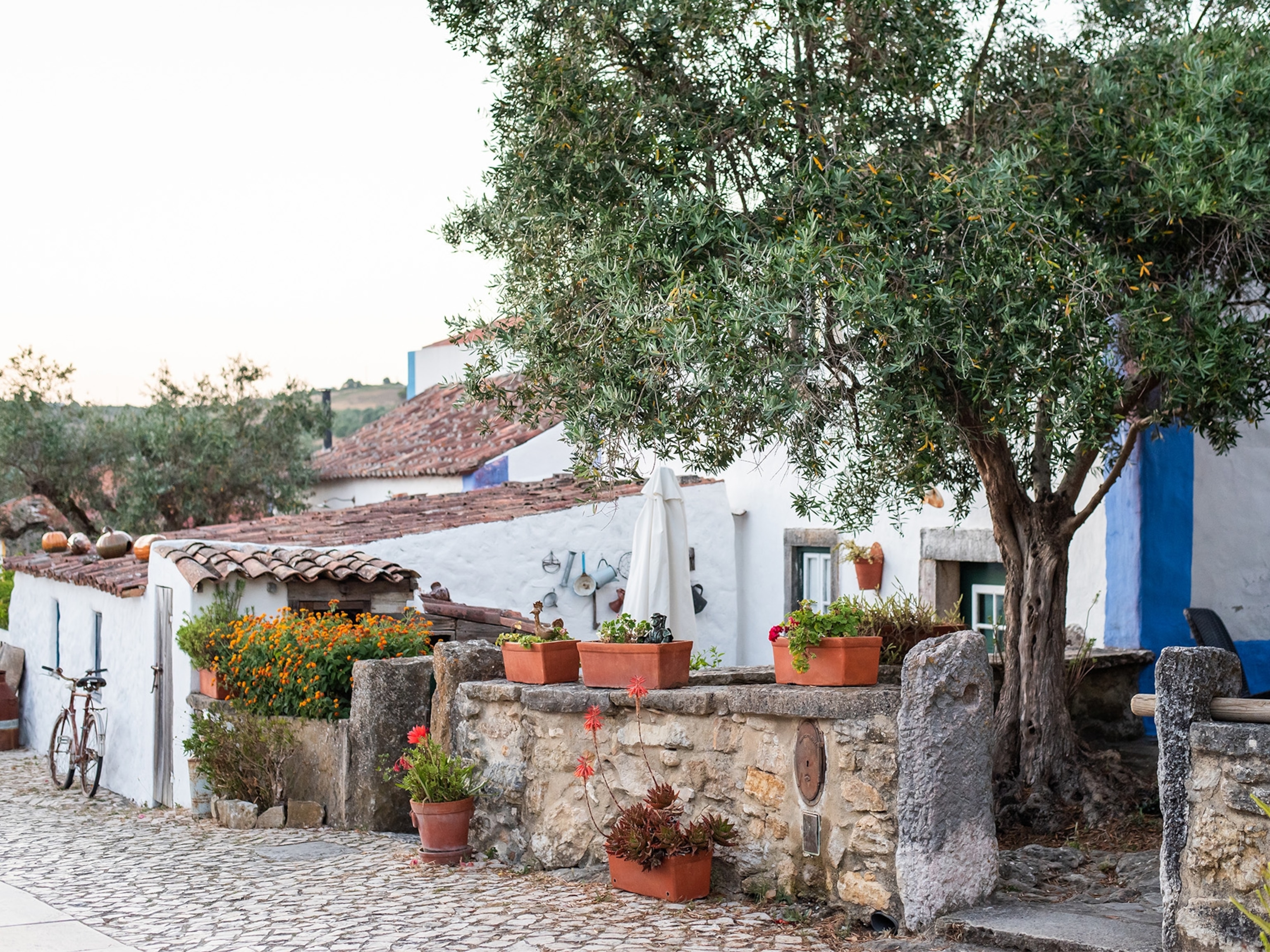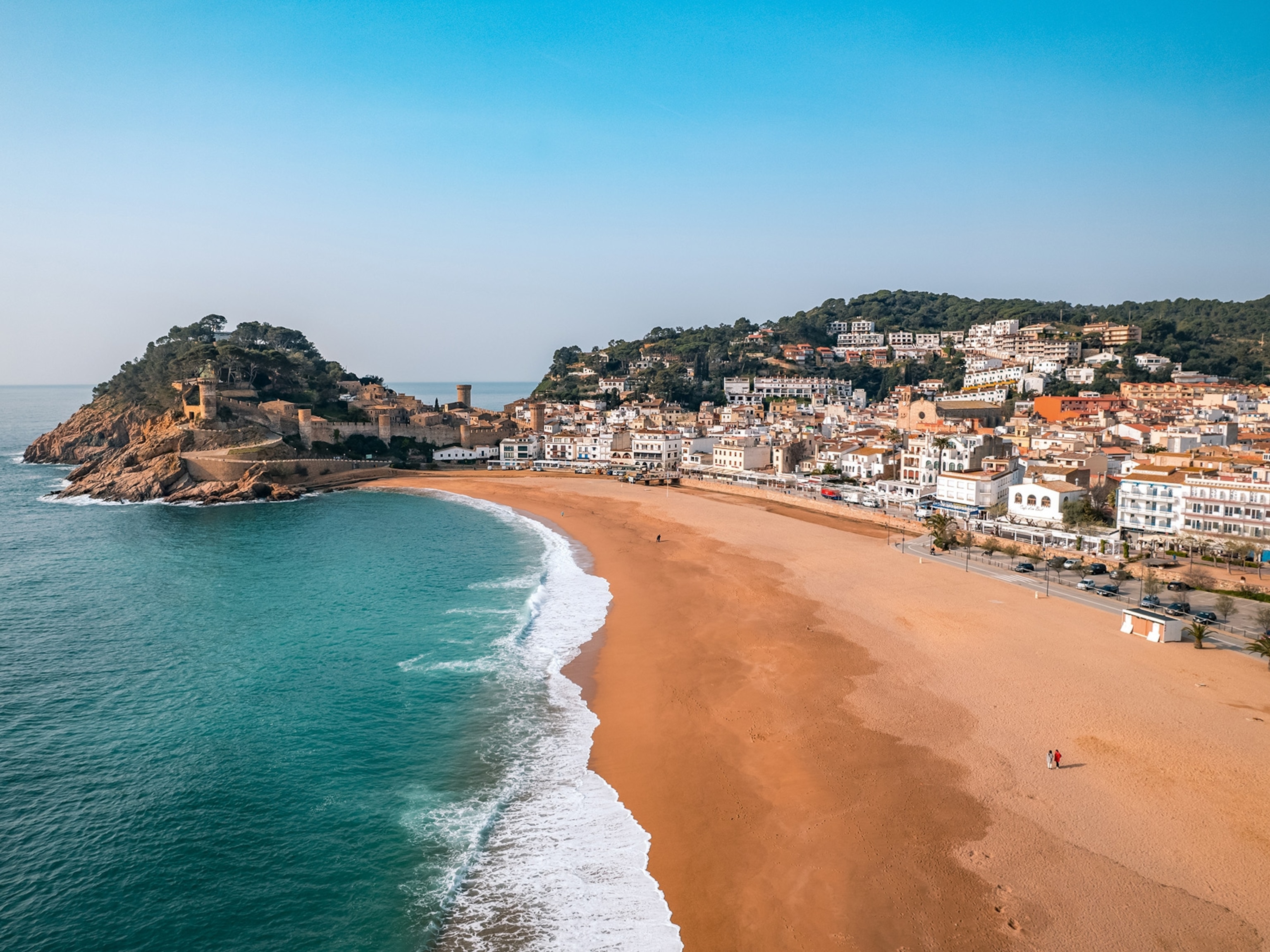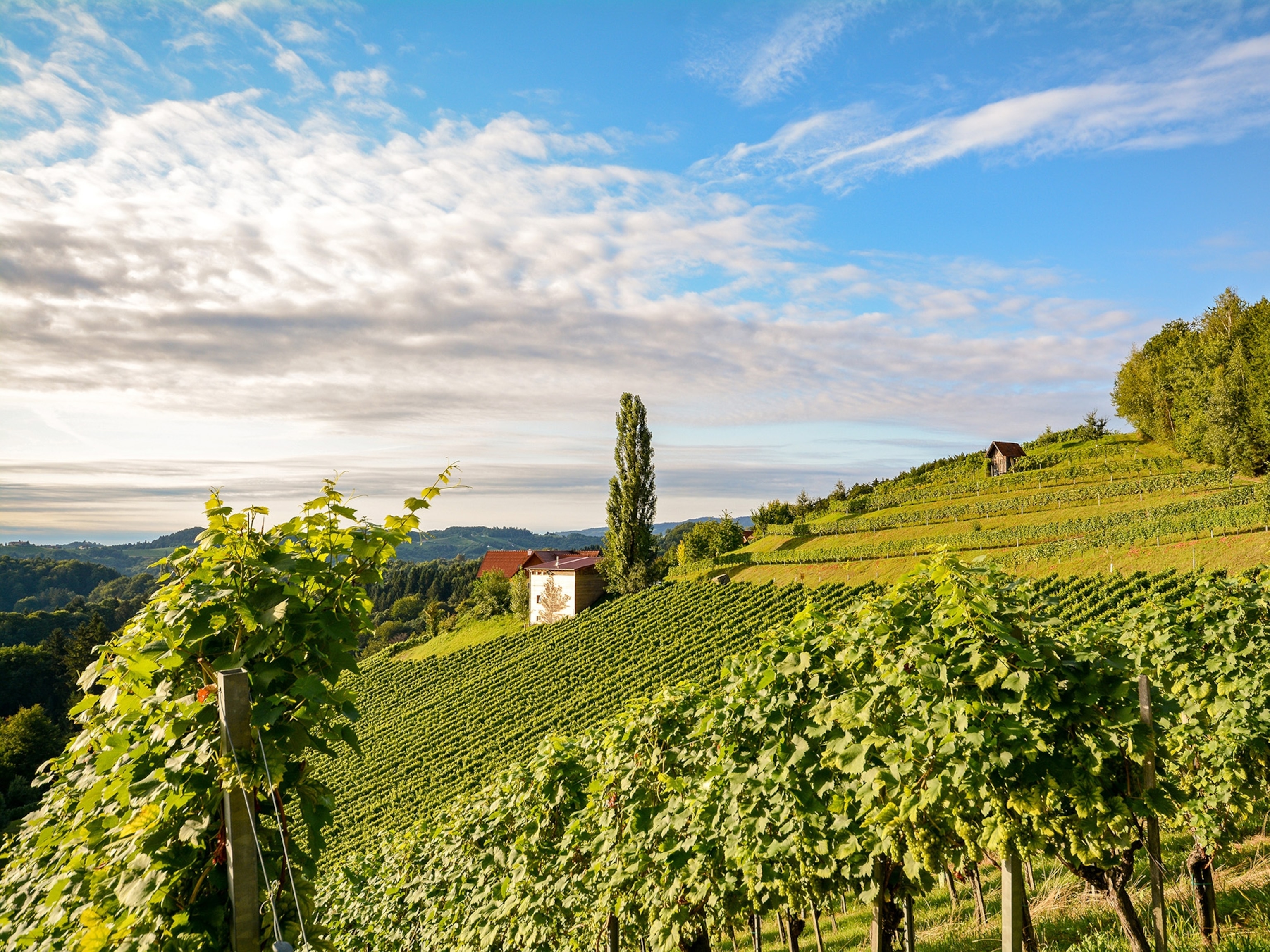
How modern gastronomy and ancient traditions collide in Limassol, Cyprus
Over the centuries, the Cypriot city of Limassol has absorbed the flavours of the Mediterranean and Middle East, while its vineyards have proved equally adaptable, nurturing both local and international grapes.
What will the future judge to be beautiful? I often wonder this while travelling through places that don’t conform to a guidebook ideal of prettiness. In our carefully curated world, where every town has a tourist board and every food trend a champion, it’s rare to find a place that hasn’t airbrushed out its blemishes and imperfections to appease the tourists. Yet, for those of us with a keen interest in local flavours, these can be among the most rewarding places to explore. And, so it proved with Limassol.
For a winter-weary Brit like me, Cyprus offers warm reprieve. On arrival, I find the coastline thick with buildings but also alight with sunshine, the Mediterranean glinting beyond. My driver — a child during the Turkish invasion of 1974 — recalls this entire stretch as empty land, save the ruins of Amathus, one of Cyprus’s ancient kingdoms, conquered by the Persians, Romans, Byzantines and Arabs. As a boy, he used to play here, dipping into the Mediterranean at will. Still today, he tells me, “if I don’t see the sea for two or three days, I get stress”.
Now it’s a different sort of playground. Just beside Amathus is Amara, a five-star hotel, constructed on several levels, all facing the sea. The spa had to be built around one of Amathus’ ancient walls. Everything else is brand new and very elegant, fashioned from local wood, travertine and granite. It’s not Limassol’s first luxury hotel but it’s certainly the only one with restaurants helmed by global gastronomic heavyweights Nobu Matsuhisa and Giorgio Locatelli.
This is the new Cyprus. But there’s a lot of value in the old, too. Limassol’s recently redeveloped port has restaurants with sea views and decent fish, but rather than seek out these shiny new premises, I go looking for older wineries instead. Usually beautiful and often under-explored, they can be great places to dine — or at least ask for recommendations. Winemakers know the best local restaurants — they are, after all, the ones to supply these establishments with wine.
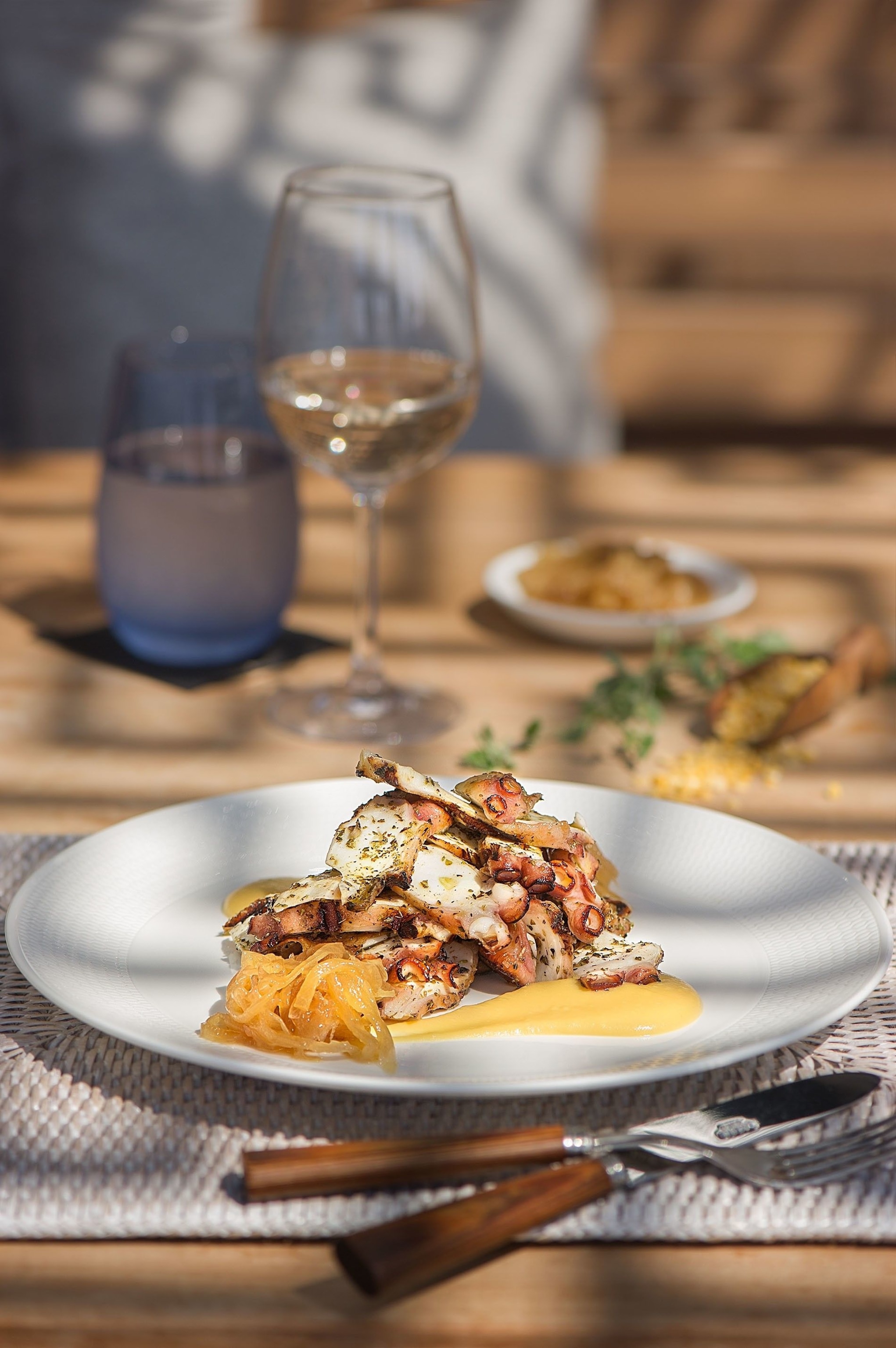
Rebecca Argyrides’ family has been making wine for five generations. The production run at Argyrides Winery is tiny: 38,000 bottles a year. Until recently, they’d load up the donkey with wine — “in the middle of the night, to avoid bandits!” — and travel to Nicosia to sell it. Rebecca, her mother and a younger woman with a baby girl comprise the winemaking team, but they’re not the only important females here. The local red grape, Maratheftiko, produces only female flowers. Once pollinated with another variety, it produces a lovely wine — emphatic but not heavy, full of cherries and earth and sandalwood; it’s excellent with the grilled meats the Cypriots love — but, says Rebecca, it’s hard work to make. To accompany that wine, she recommends the food at Karatello Tavern in Limassol’s old town, and a little farther out, Koursaros, which, according to Rebecca, has the best fish.
But first, more wine. Rebecca and I set off into the parched hills, their limestone soils somehow nurturing both trees and vines. This feels as far from the development-clogged city as you can get, yet this landscape is only a 40-minute drive north. After stopping to view the frescoes of a tiny, ancient church dedicated to lovelorn martyrs — on the banks of a river between the villages of Pera Pedi and Koilani — we reach Sofoklis Vlassides’ winery.
Architecturally speaking, Vlassides Winery is as sleekly spectacular as Argyrides is old-fashioned and cosy. Rebecca and Sofoklis are old friends who bicker good-naturedly about the relative merits of local and international grape varieties (Sofoklis: “Local varieties do well at all altitudes. They’re the future.” Rebecca: “Maratheftiko is enough work for us!”). We try both: Aleatis, a plump, gorgeous white from the indigenous Xynisteri, but also Opus Artis, a blend of the more familiar Merlot, Cabernet and Shiraz grapes. Where to try them with food? Sofoklis suggests Zygi, a fishing village east of Limassol where Santa Elena Fish Tavern serves his wines.
After our next stop — at Marcos Zambartas’s small winery, which makes a remarkable number of good wines, including Margelina, a blend from vines planted in 1921 — we return to Limassol, hungry, to find a different city: one much closer to the Cyprus we’d hoped to see. Walking down a side street beside the pale, medieval stone of Limassol Castle towards Karatello Tavern, we spot workmen drinking Cypriot Keo beer outside an unpretentious cafe. The proprietor, a former fisherman, uses his dockside contacts to feed his old friends a cheap, good lunch each day. We order a beer which comes with complimentary nibbles: a dish of salty snails.
Bottles of wine line the double-height walls of this airy, cheerful tavern, where salad and vegetables are marvellously fresh, and fresher-still fish is sold by the kilo.
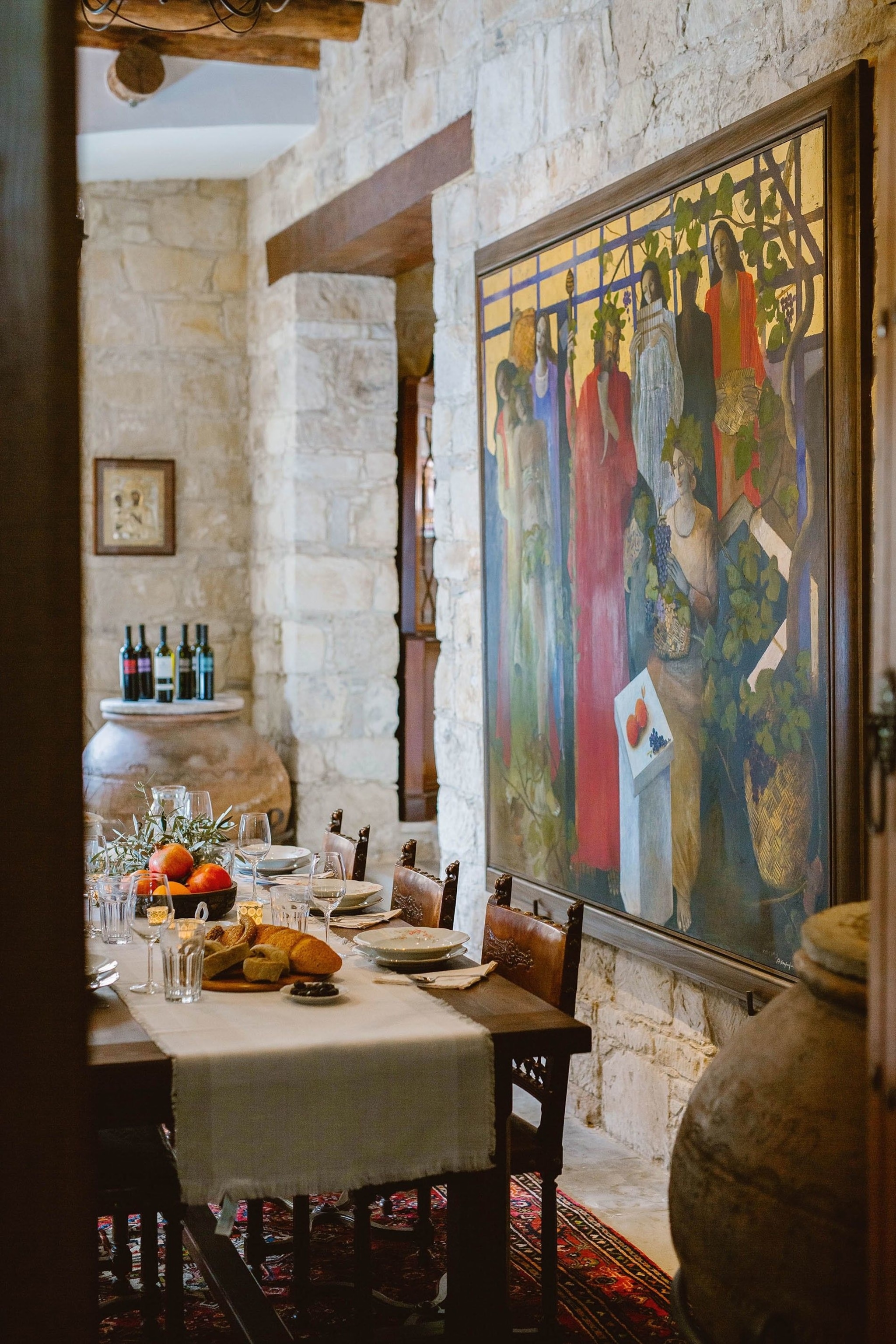
Rebecca’s Viognier (surprisingly austere, for Viognier) makes a wonderful match for the sea bass. Walking off our meal, we head into the resort town of Aiya Napa, where we admire the imposing cathedral and peer into the 16th-century Kebir Mosque, its minaret poking up above the old Turkish quarter. Wandering down shady alleyways past charming shops and cafes, we begin to feel that warm, self-congratulatory glow of travellers exploring another gastronomic world. Just as Cabernet Sauvignon made here doesn’t taste like a Cab from Napa Valley or Bordeaux, so the fish, meat and vegetables that land on our plates have the specific flavours of this place — particularly the fresh sunny tomatoes, unmarred by refrigeration or air travel.
In the evening, we drive into the hills to a village with views over city and sea, to a wood-lined restaurant. Like almost everywhere in Limassol, Agios Epiktitos Tavern offers meze — here, numbering around 20 different plates: a great way to explore the menu. But the quantity is daunting. Instead, we order sparingly: zucchini and eggs; souvlakia (tasty skewered meat); and tender beef liver. A trio of guitar players circulates; the wine, from Kyperounda Winery, whose vineyards are just too distant for our visit, is delicious. Feral cats patrol the wall of the stone terrace, neon-shiny eyes watching for the copious leftovers they’re no doubt accustomed to.
Back in town, far from such rusticity, we find Japanese-Peruvian fusion cuisine, conjured up by a chef who found fame in New York. Matsuhisa Limassol restaurant might seem an odd choice for a gastronomic exploration of Cyprus, but arguably chef Nobu Matsuhisa’s elegant sushi and famous black miso cod — which went beautifully with the local Xynisteris and Viogniers and Maratheftikos — were as much the taste of this island’s complicated history as hummus or souvlakia.
Matsuhisa made me think of Cyprus’s ancient conquerors. Not least, the Byzantines who popularised the use of spices such as cumin and coriander; the Arabs, who surely brought hummus with them and may also have introduced stuffed vine leaves, here called koupepia; and the Persians, whose word for ‘frying pan’, ‘tavas’, has come to name a local dish of slow-roasted beef or lamb. Louvana, a puree of yellow split peas, probably came from Greece; even Cyprus’s tacky egg-and-chips joints owe something to 20th-century holidaymaking colonisers. It seems, then, that gastronomic authenticity, like architectural beauty, is sometimes simply a case of waiting a few hundred years.
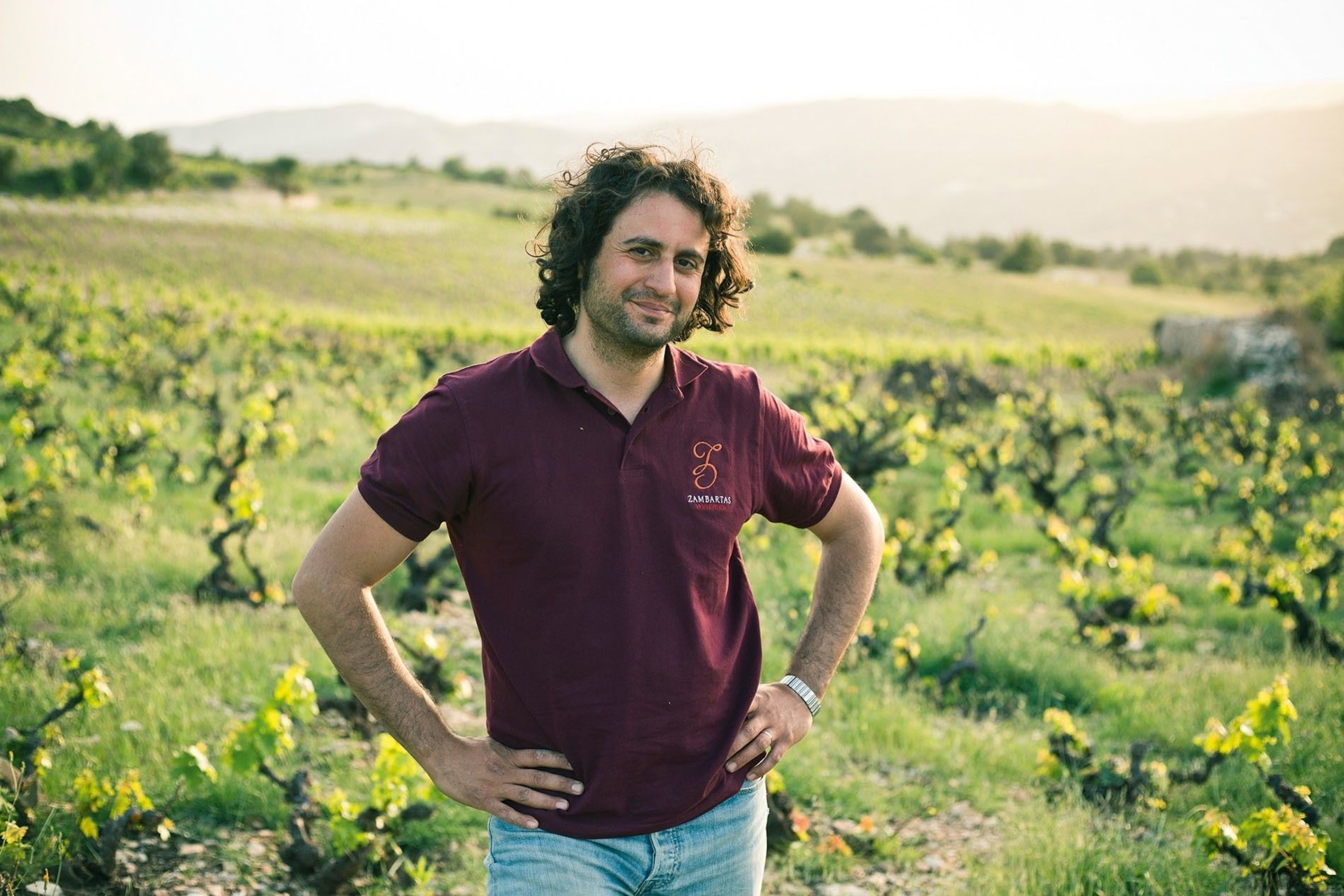
A taste of Limassol
Karatello Tavern, Limassol
This friendly tavern has a large terrace overlooking Limassol Castle and a high-ceilinged interior stacked with wine shelves. Owned by a Limassol restaurant group, this is an unpretentious place (you tick boxes on a paper menu) with good local food: fresh fish, various roasts and meatballs and lots of grilling. Around €35 (£30) per person for fresh sea bass and local wine.
Santa Elena Fish Tavern, Zygi
The interior is cool and old-fashioned, while the exterior seating, arranged on a pedestrianised throughway, allows for excellent people-watching. The fish is fresh from the sea, there are local wines to accompany, and the staff are low on English but so high on helpfulness and charm that it doesn’t matter. Around €35 (£30) per person, with local wine.
Agios Epiktitos Taverna, Armenochori
Set in the hills above Limassol, the Armenian village of Armenochori is now a refuge for wealthy expats, a fact reflected in the wine list, which includes a Bordeaux Grand Cru at €150 (£124). The food is very Cypriot, though, with souvlakia, sheftalies (meat balls), snails and halloumi all on the menu. Guitar players circulate, as do a large family of feral cats, all with their eye on your dinner. Around €25 (£20) per person, with local wine.
Five food finds
Elies Tsakistes
These green olives, doused in coriander seeds, garlic, lemon juice and olive oil, may be hard to pronounce but they’re easy to consume — especially with a glass of local white wine.
Skaros
Parrotfish, which the Cypriots grill whole, innards and all. It may sound like an unappetising proposition, but the slightly bitter taste is truly delicious.
Xynisteri
Cyprus’s most common white grape produces a lovely aperitif, which is an excellent match for more delicate fish. It can be fresh and floral or more complex and textured; when made well, it’s dangerously drinkable.
Sheftalies
This popular fast food consists of meat (usually pork and lamb) kneaded into meatballs and wrapped in caul fat. Then it goes into warm flatbread with diced tomatoes, yoghurt and herbs.
Maratheftiko
Not the easiest grape variety to pronounce, nor to produce: the vines ripen in fits and starts. Still, for winemakers who persevere, this red variety (found only in Cyprus and rich in colour)
can be fabulous: full of cherries and sandalwood.
Essentials
Limassol’s nearest airports include Paphos and Larnaca, which are typically served from the UK by airlines including EasyJet. For the latest on safe travel and border restrictions, please see fco.gov.uk
Published in the July/Aug 2020 issue of National Geographic Traveller (UK)
Follow us on social media
Facebook | Twitter | Instagram
